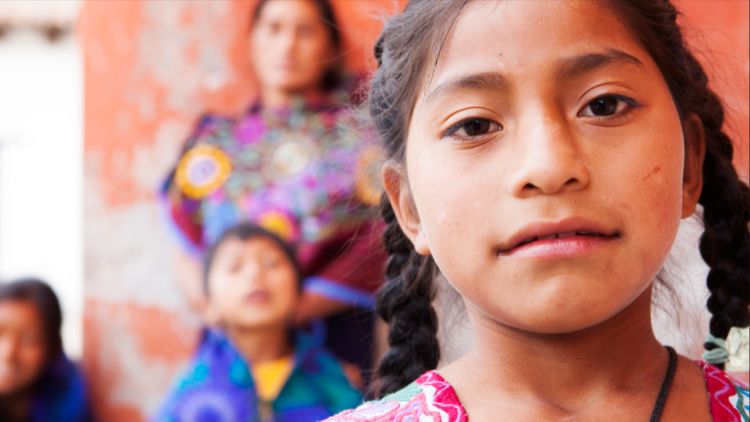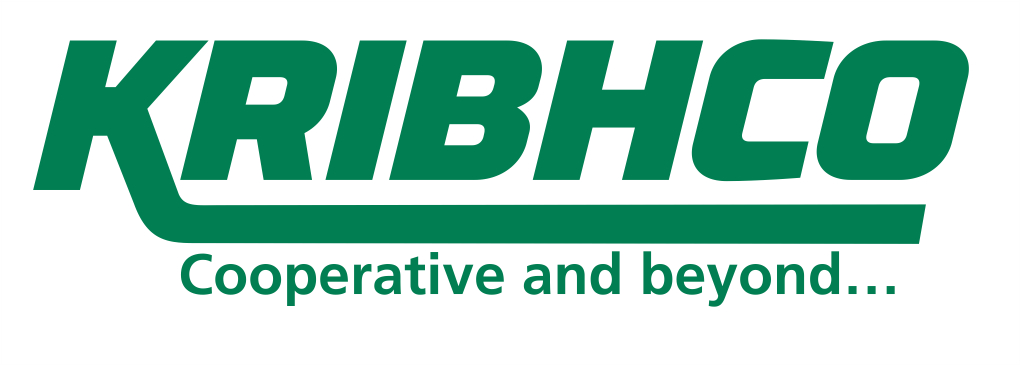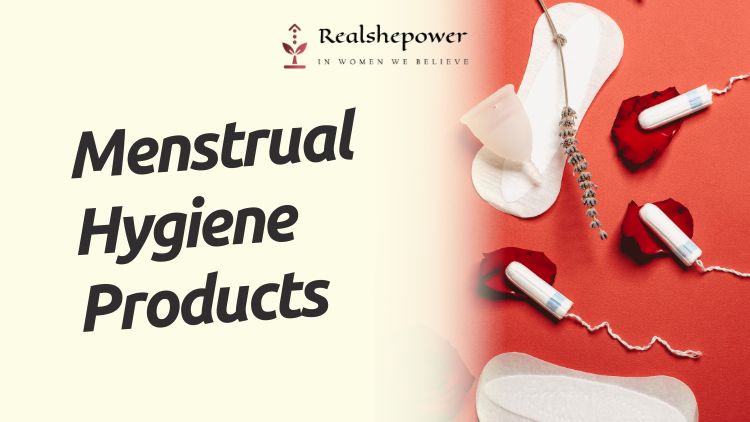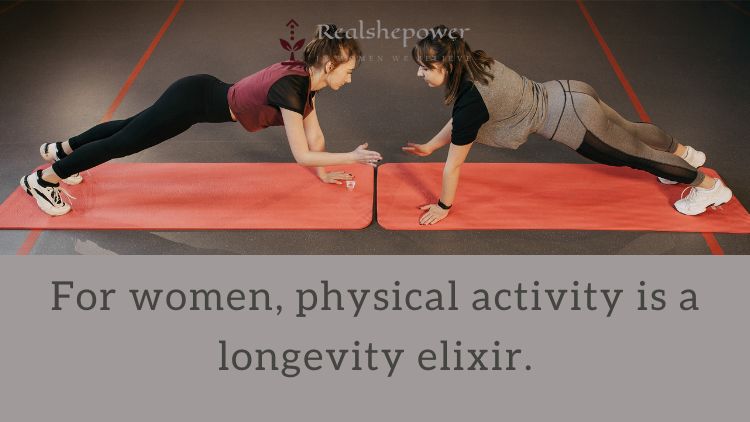Period Poverty: A Global Crisis Affecting Women’s Health and Dignity


Introduction
Period poverty is a devastating issue that impacts millions of women and girls around the world. It refers to the lack of access to adequate menstrual hygiene products, clean water, and private facilities to manage menstruation. This issue disproportionately affects low-income and marginalized communities, putting them at risk of severe health consequences and undermining their basic human rights.
Table of Contents
8 Hard-Hitting Facts About Period Poverty
| Fact | Source |
|---|---|
| 1. More than 500 million women and girls worldwide lack adequate facilities for managing menstruation. | United Nations |
| 2. In some countries, menstrual products are taxed as luxury items, making them unaffordable for many women. | BBC News |
| 3. 1 in 10 girls in Africa misses school during her period, leading to a significant drop in academic performance. | BBC News |
| 4. In India, only 36% of women have access to sanitary pads, and many girls miss school due to lack of access to menstrual products. | Water Aid |
| 5. In the United States, nearly one in five girls have missed school due to a lack of menstrual products. | Plan International USA |
| 6. In rural Nepal, menstruating women are forced to sleep outside in sheds during their periods, putting them at risk of snake bites and other dangers. | BBC News |
| 7. Girls who miss school due to menstruation are at risk of falling behind and dropping out entirely, perpetuating the cycle of poverty. | UNESCO |
| 8. Period poverty is not just a developing world issue – it affects women and girls in developed countries as well. | The Guardian |
Menstruation and Stigma
Menstruation is a natural biological process that half of the world’s population experiences, yet it is still a taboo topic in many cultures. The shame and stigma surrounding menstruation often prevent women and girls from speaking openly about their needs and accessing the resources they need to manage their periods safely and with dignity.
Consequences of Period Poverty
The lack of access to menstrual hygiene products also contributes to the perpetuation of gender inequality. When girls miss school because they are menstruating or drop out entirely due to shame and discomfort, they are denied the opportunity to pursue education and achieve their full potential.
According to the United Nations, more than 500 million women and girls worldwide lack adequate facilities for managing menstruation. In many low-income countries, menstrual hygiene products are either too expensive or simply unavailable, and women are forced to choose between basic necessities like food and sanitary products.
The consequences of period poverty are severe and far-reaching. The lack of access to clean and safe menstrual products can lead to infections, reproductive health problems, and even infertility. Girls who miss school due to menstruation often fall behind their peers, leading to lower academic achievement and limited career prospects. The shame and stigma surrounding menstruation can also take a toll on mental health, contributing to anxiety and depression.
Addressing Period Poverty
To address period poverty, we need to break the silence surrounding menstruation and work towards creating a world where menstrual hygiene products are affordable, accessible, and safe for all women and girls. This requires a multi-faceted approach that includes education, advocacy, and policy change.
First and foremost, we need to ensure that girls and women have access to menstrual hygiene products, clean water, and safe facilities for managing menstruation.
We also need to address the shame and stigma surrounding menstruation, which often prevent women from seeking help and accessing the resources they need. This can be achieved through education and awareness-raising campaigns that challenge cultural norms and empower women to speak openly about their menstrual health.
In addition, policy changes are needed to ensure that menstrual hygiene products are affordable and accessible to all women and girls, regardless of their income level. Governments should consider removing taxes on menstrual products and subsidizing the cost of these products for low-income families.
Finally, we need to address the root causes of period poverty, which are deeply intertwined with gender inequality and poverty. This requires a broader effort to promote women’s rights and economic empowerment, including access to education, health care, and job opportunities.
Answering Some of the Most Asked Questions
Q: What is the main cause of period poverty?
A: There is no single cause of period poverty, as it is influenced by a variety of factors such as poverty, lack of education, cultural taboos, and inadequate infrastructure. The cost of menstrual hygiene products, lack of access to clean water and sanitation facilities, and limited awareness about menstrual health also contribute to the problem.
Q: How do menstrual products impact the environment?
A: Disposable menstrual products like pads and tampons generate a significant amount of waste, contributing to environmental pollution. In addition, the production of these products involves the use of plastic and other non-biodegradable materials. Reusable menstrual products like menstrual cups and cloth pads are more eco-friendly alternatives that can help reduce waste.
Q: Are there any organizations working to address period poverty?
A: Yes, there are many organizations and non-profits working to address period poverty around the world. Some examples include Days for Girls, The Pad Project, and Plan International’s “Because I am a Girl” campaign. These organizations provide education, advocacy, and access to menstrual hygiene products to help break the cycle of period poverty.
Q: How can individuals help address period poverty?
A: Individuals can take action to help address period poverty by supporting organizations working on the issue, donating menstrual hygiene products to local charities and shelters, advocating for policy change, and breaking the silence surrounding menstruation through open and honest dialogue. Small actions can make a big difference in creating a world where menstrual hygiene products are affordable, accessible, and safe for all.
Final Thought
Period poverty is a complex issue that requires collective action and systemic change. We cannot ignore the fact that millions of women and girls are unable to access safe, affordable menstrual hygiene products and are forced to use harmful alternatives or go without.
It is time for governments, policymakers, and individuals to prioritize menstrual health and hygiene and work towards creating a world where every person has access to the resources and support they need.
By taking action and supporting organizations working to address period poverty, we can create a brighter and more equitable future for all.
More on Women’s Health
You can now write for RealShePower and be a part of the community. Share your stories and opinions with us here.


